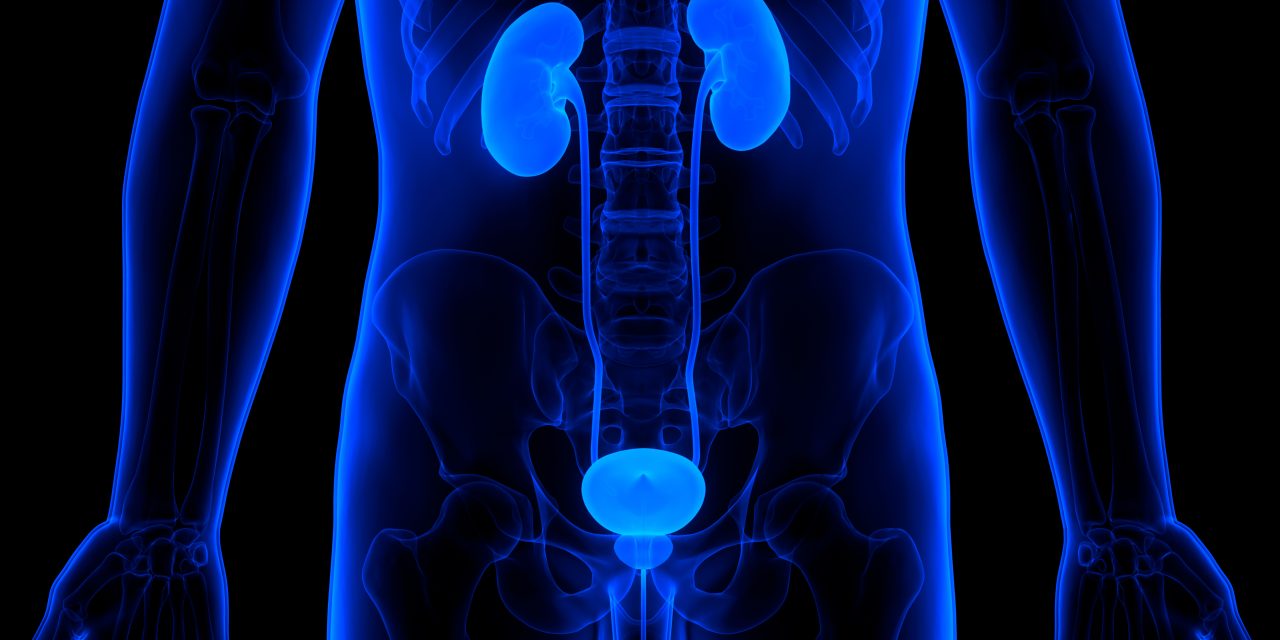The benign prostatic hyperplasia (BPH) is the main source of lower urinary tract symptoms. The BPH is a common age-dependent disease and tamsulosin is an α-adrenoceptor blocker widely prescribed for BPH. Beyond the common adverse effects of tamsulosin, increased diagnosis of dementia after prescription was observed. Importantly, a clinical study suggested that tamsulosin may exert antidepressant effects in BPH patients. Considering the expression of α-adrenoceptors in the brain, this study aimed to investigate the effects of tamsulosin in the forced swimming and open field tests in mice. For this, tamsulosin (0.001-1mg/kg) was orally administered subacutely (1, 5 and 23hr) and acutely (60min) before tests. Mifepristone (10mg/kg), a glucocorticoid receptor antagonist, and aminoglutethimide (10mg/kg), a streoidogenesis inhibitor, were intraperitoneally injected before tamsulosin to investigate the role of the hypothalamic-pituitary-adrenal axis in the mediation of tamsulosin-induced effects. Subacute and acute administrations of tamsulosin increased the immobility time in the first exposition to an inescapable stressful situation. In the re-exposition to the swim task, controls displayed a natural increase in the immobility time, and the treatment with tamsulosin further increased this behavioral parameter. Tamsuslosin did not affect spontaneous locomotion neither in naïve nor in stressed mice. Our findings also showed that mifepristone and aminoglutethimide prevented the tamsulosin-induced increase in the immobility time in the first and second swimming sessions, respectively. In conclusion, tamsulosin may contribute to increased susceptibility to depressive-like behaviors, by facilitating the acquisition of a passive stress-copying strategy. These effects seem to be dependent on endogenous glucocorticoids.Copyright © 2021. Published by Elsevier Inc.
TAMSULOSIN FACILITATES DEPRESSIVE-LIKE BEHAVIORS IN MICE: INVOLVEMENT OF ENDOGENOUS GLUCOCORTICOIDS.


